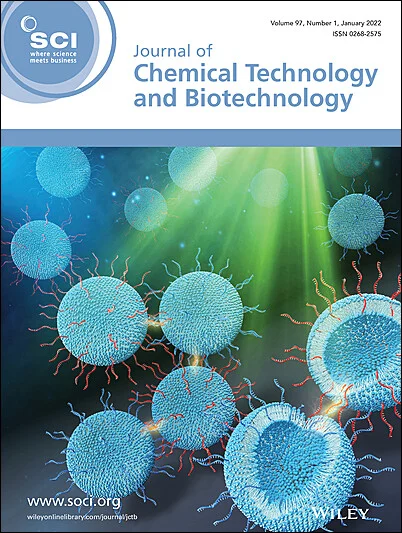Sustainable production of lactic acid from cheese whey using Co-cultures and enzymatic hydrolysis
Abstract
BACKGROUND
Cheese whey is produced in vast quantities by the dairy industry, leading to environmental challenges due to its high biochemical and chemical oxygen demand. Its composition, rich in lactose, proteins, and minerals, provides an opportunity for valorization through biotechnological processes. This study aims to enhance lactic acid production from cheese whey using co-cultures of Lactobacillus helveticus and L. delbrueckii subsp. lactis, exploring the effects of lactose concentration, nitrogen supplementation, and enzymatic hydrolysis.
RESULTS
Higher initial lactose concentrations improved lactic acid production, reaching 105 g L−1 with 30 g L−1 yeast extract. However, complete lactose hydrolysis reduced yields at elevated sugar concentrations, suggesting substrate inhibition, with up to 40 0 g·L−1 lactic acid loss at 170 g L−1 lactose. Yeast extract as a nitrogen source reduced fermentation time to 62.0 h, compared to 105 h with hydrolyzed protein. Co-cultivation enhanced fermentation efficiency, achieving a maximum yield of 0.370 g lactic acid g−1 sugar under the tested conditions.
CONCLUSION
Integrating enzymatic hydrolysis with co-culture fermentation provides a viable strategy for sustainable lactic acid production from cheese whey. Although full lactose hydrolysis at high concentrations may negatively impact yields, optimizing nitrogen supplementation and co-culture selection significantly improves fermentation performance. These findings support the development of eco-friendly processes for whey valorization, aligning with circular economy principles in the dairy industry. © 2025 Society of Chemical Industry (SCI).



 求助内容:
求助内容: 应助结果提醒方式:
应助结果提醒方式:


